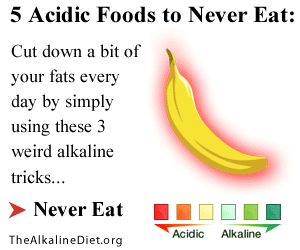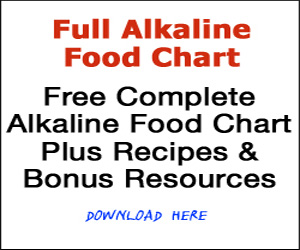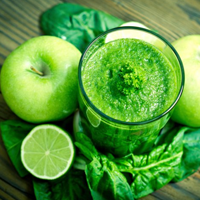The Acidic Diet Versus Alkaline Diet
The optimal pH level for our body’s internal system is slightly above 7.0. Within this alkaline range, our immunologic, enzymatic, and repair mechanisms operate optimally. When the body becomes excessively acidic, registering below a pH of 7, a constellation of symptoms may manifest, including:
Low energy and fatigue
Nasal congestion
Hives
Muscle pain
Weak nails, dry skin, and dry hair
Frequent colds, flu, and infections
Headaches
Individuals experiencing these symptoms, particularly those whose diets contribute to increased acidity in the body, may find benefit in adopting an alkaline diet. Various foods contribute to acidity within the body, including dairy and dairy substitutes, animal meats, most grains, chickpeas, condiments, aspartame, prunes, chocolate, peanuts, alcohol, and several others.
To restore pH balance, the solution is straightforward and logical: incorporate more alkaline-producing foods into the diet. Examples of such foods include watermelon, lime, mango, most vegetables, vegetable juices, almonds, sprouts, avocados, and green tea.
The transition to a more alkaline state in the body yields remarkable changes, albeit naturally occurring. These changes, while seemingly magical, are entirely normal. The ensuing benefits encompass:
Rapid weight loss
Increased energy levels
Reduced need for sleep
Improved skin and hair condition
Enhanced mental attitude
The pursuit of these benefits is undoubtedly worthwhile. However, failing to acknowledge their significance would be remiss. Transitioning towards alkalinity need not be daunting; it can be achieved gradually. By progressively incorporating more green foods into one’s diet and reducing the consumption of acidic substances like coffee, individuals can soon realize the advantages of an alkaline lifestyle.



